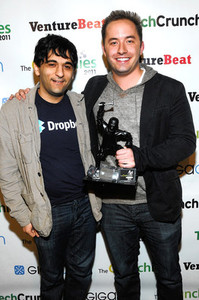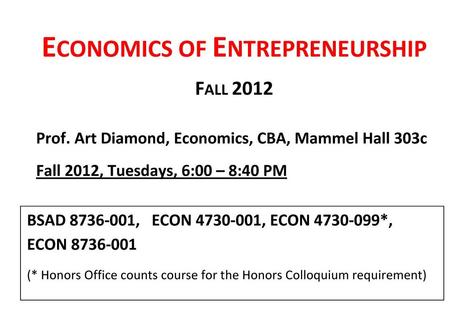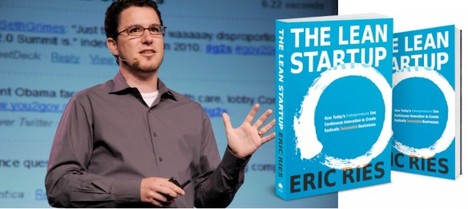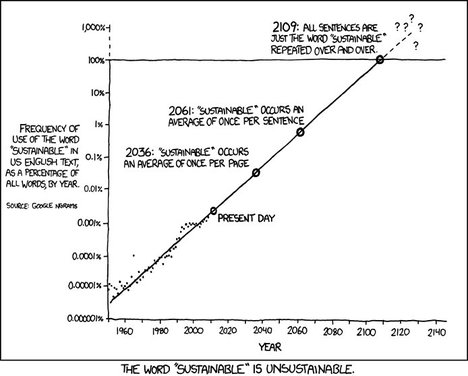“Dropbox founders, Arash Ferdowsi, left, and Drew Houston, won Best Overall Startup at the Crunchies in San Francisco earlier this year.” Source of caption and photo: online version of the WSJ article quoted and cited below.
(p. B6) Arash Ferdowsi was a Massachusetts Institute of Technology student when he met fellow MIT student Drew Houston through a mutual friend.
The pair collaborated, working from a Cambridge, Mass., apartment, to solve a modern-day problem.
They created a virtual file cabinet that would make it possible for users to access piles of documents, spreadsheets, photos, music and videos from their laptops, tablets or personal devices.
After launching Dropbox Inc. in June 2007, they relocated to San Francisco. Mr. Ferdowsi dropped out of MIT.
. . .
WSJ: Before Steve Jobs of Apple Inc. died, he approached you with a buyout offer. Why did you turn it away?
Mr. Ferdowsi: The problem that we’re trying to solve is a problem that only an independent company can solve. We want to let you use a Mac, or Windows PC, or iPad, or Android, without having to think about any of the technical details. It isn’t a problem any of those larger companies is going to be as inclined to solve in the same way we are.
For the full interview, see:
ANGUS LOTEN, interviewer. “HOW I BUILT IT; Dropbox Seeks Big Solutions.” The Wall Street Journal (Thurs., March 15, 2012): B6.
(Note: ellipsis added; bold in original.)
(Note: the online version of the interview is dated March 14, 2012.)





